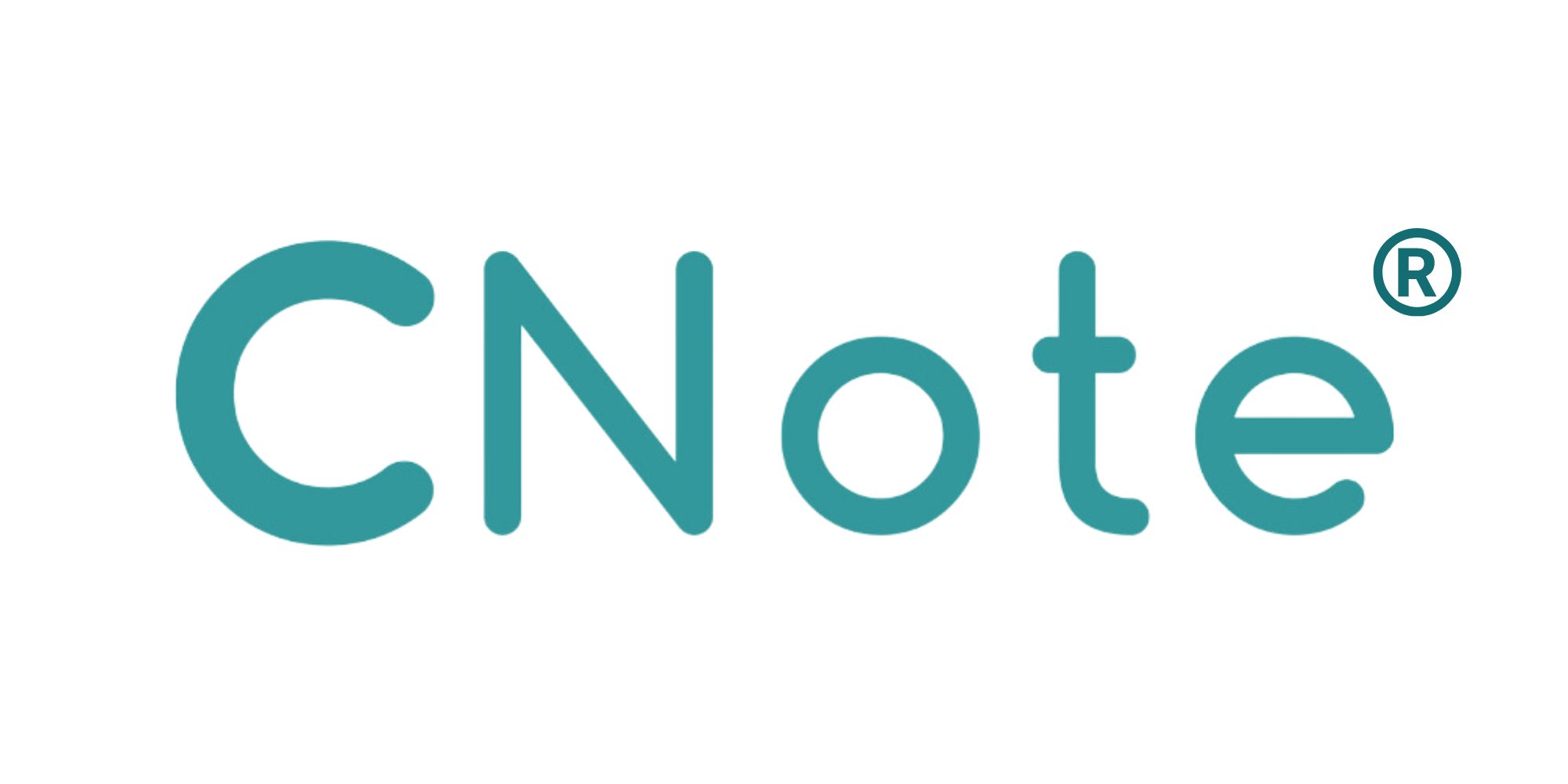At first glance, corporate cash management might seem straightforward. The goal is clear: preserve capital, maintain liquidity, and make sure money is working for the business. But for many treasurers, the day-to-day reality looks very different. Managing cash often means juggling dozens of accounts, navigating multiple banking portals, and trying to piece together a real picture of liquidity from scattered systems.
This complexity doesn’t just create frustration. It eats up time, introduces risk, and pulls treasury teams away from the higher-value work of planning and strategy.
The Hidden Weight of Complex Corporate Cash Management
Medium and large companies often manage hundreds, even thousands, of bank accounts across different institutions. Each account can come with its own login, reporting format, and reconciliation process. What was meant to diversify and protect capital ends up creating silos and inefficiencies. Research shows that treasurers are spending more hours managing these systems than ever before, leaving less time for long-term planning (source: Bottom Line)
Why Real-Time Visibility Still Feels Out of Reach
Treasurers know how crucial real-time insight is. As Sathish Padmanathan, Head of Cash Management at Tietoevry, puts it:
“The need for real-time cash visibility and more sophisticated risk management has never been greater. (source: tietoevry.com)
Despite this urgency, only 63% of organizations currently have real-time access to their cash positions, up from just 43.1% in 2022. That progress is encouraging, but it still leaves nearly four in ten organizations without the visibility they need (source: High Radius)
The challenge is even sharper among global companies. Sixty percent of multinational corporates struggle to maintain an accurate, immediate view of their cash positions, pointing to the ongoing pain of fragmentation and siloed systems (source: tietoevry.com)
When accounts are spread across multiple banks and portals, pulling data together becomes a daily task instead of an automated process. The result is a lack of confidence at precisely the moment when treasurers need clarity.
The Role of Automation
This is why automation and centralization are becoming essential to modern cash management. Treasury management systems (TMS) are helping treasurers move from manual, reactive processes to more proactive strategies. These systems consolidate data into one dashboard, automate reconciliation, and improve forecasting (source: High Radius).
When manual work disappears, teams can focus on planning, analyzing scenarios, and strengthening the company’s resilience.
Resilience Through Better Corporate Cash Management
Better cash management is not just about efficiency. It is about resilience. Studies have shown that companies with strong cash management practices are significantly more prepared to handle economic shocks and disruptions (source: EY). That preparation comes from visibility, accurate data, and the ability to make confident decisions quickly.
For treasurers, reducing operational burden is more than just a process improvement. It is a way to future-proof the organization.
A More Cohesive Future
Imagine a treasury function where every account feeds into one clear view of cash. Where reconciliations happen automatically. Where reporting is instant and treasurers have the time and space to think strategically.
That is what a cohesive corporate cash management ecosystem looks like. It is simpler, clearer, and allows treasury teams to move from firefighting to advising.
Corporate cash management does not have to be defined by complexity. With the right tools and processes, it can become a source of clarity, resilience, and confidence for treasurers and the organizations they serve.


